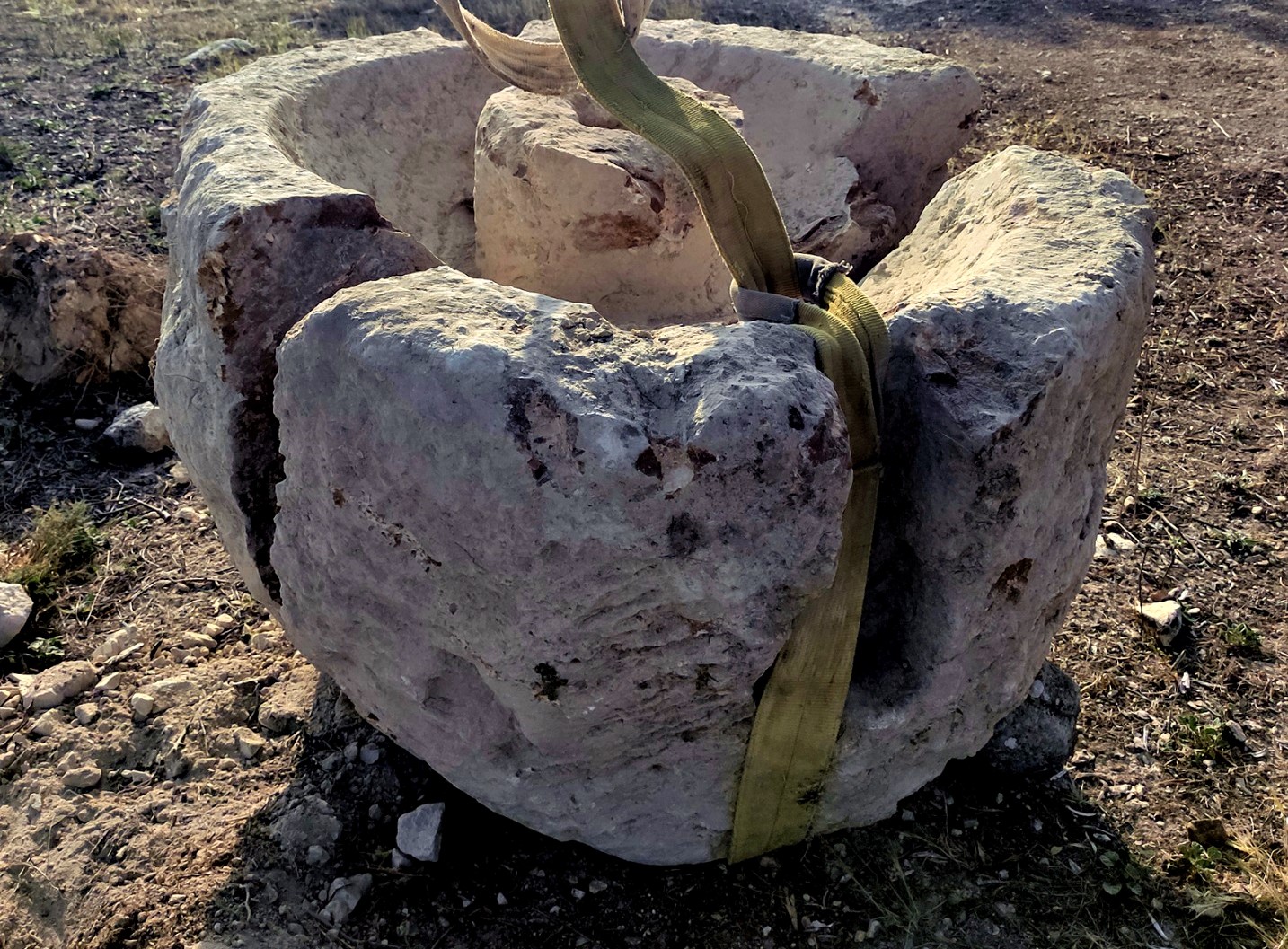A CORDOBA area farmer doing work on uprooting an olive tree in a field has stumbled on a large ancient Roman artefact.
Working in a grove five kilometres outside Baena, the man discovered a huge stone relic which was an ancient mill used for pressing olives into olive oil.
The find- not far from Vadomojon reservoir- was notified to the Municipal Archaeologist.
The artefact has a circular shape with three large grooves, possibly cracks, running down its side.
A circular track is carved into the top, giving it the appearance of an upside-down mushroom with its stalk cut too short.
These types of olive oil mills, known as a trapetum, originated in Greece and spread throughout the ancient Roman empire.
The mill is just under a metre tall and has a width of 1.2 metres, weighing around three tons.
Archaeologist Jose Antonio Morena said the mill stone was about 2,000 years old which suggests local olive groves were being cultivated and harvested during Roman times.
The oil mill will be restored, analysed and moved to Baena’s Municipal Historical Museum.
READ MORE:
- Poem by Virgil engraved in a Roman amphora found in Spain’s Cordoba
- Priceless illegally-kept archaeological relics dating back to Roman times discovered in Spain’s Andalucia
- Researchers from University of Spain’s Cordoba reveal what Roman Empire smelled like
Click here to read more Andalucia News from The Olive Press.








